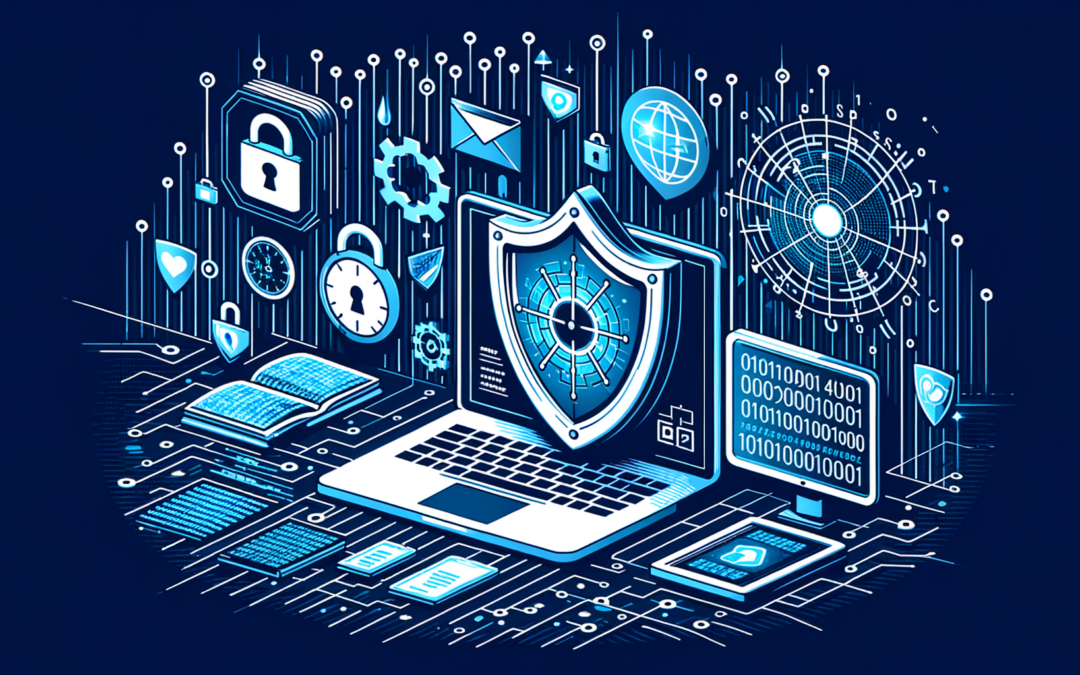Table Of Content
Updating Cybersecurity Strategies for New Threats
Introduction: Navigating Evolving Cyber Threats
In today’s rapidly evolving digital landscape, updating cybersecurity strategies for new threats is more crucial than ever. With the continuous evolution of technology, the risk landscape for businesses becomes increasingly complex. As threats grow more sophisticated, companies must adapt to these changes promptly, ensuring their cybersecurity playbooks are fortified to withstand any potential attacks.
The Imperative for Enhanced Cybersecurity Regulations
As cyber threats continue to rise, so does the need for robust cybersecurity regulations. Businesses must be acutely aware of new regulatory frameworks aiming to protect data integrity and prevent breaches. These regulations not only safeguard organizations but also boost stakeholders’ confidence. Companies should stay abreast of these developments, ensuring compliance while promoting security awareness internally.
Understanding IoT Vulnerabilities
The Internet of Things (IoT) presents unique opportunities as well as significant vulnerabilities. With the proliferation of connected devices, the attack surface has expanded, highlighting the importance of robust security measures. Companies must prioritize securing their IoT networks to prevent breaches. Key measures include ensuring strong authentication, securing device communications, and maintaining updated software.
Top Strategies for Securing IoT:
- Implement strong data encryption protocols.
- Regularly update and patch IoT devices.
- Segment networks to isolate sensitive data.
- Utilize device authentication and monitoring systems.
Data Protection: A Fundamental Priority
Data is the lifeblood of modern organizations. Protecting this valuable resource demands a comprehensive approach to data security. Businesses should employ end-to-end encryption, implement strict access controls, and ensure regular audits are conducted to maintain robust data protection. Moreover, training employees on data protection best practices ensures human errors are minimized.
Optimizing Incident Response Plans
A well-structured incident response plan is essential in mitigating the impact of a cyberattack. Companies must develop dynamic plans that evolve with emerging threats and changing business landscapes. These plans should outline clear roles, responsibilities, and procedures for addressing and recovering from cybersecurity incidents. Furthermore, conducting regular mock drills can help teams prepare and identify improvement areas.
Fostering Global Cybersecurity Collaboration
Global collaboration is fundamental in combating the pervasive threat of cybercrime. Sharing threat intelligence and best practices across borders allows organizations to better understand the threat landscape. This cooperation not only enhances individual organizational security measures but also contributes to a more secure global cyber environment.
Looking Ahead: Preparing for the Future
As digitalization accelerates, the cybersecurity landscape will continue to evolve. Companies must remain vigilant, agile, and prepared to adapt their strategies in response to new threats. Investing in technology, following regulatory developments, and continuously updating security protocols are crucial in building resilient defenses.
Don’t wait until a breach occurs. Act now to enhance your cybersecurity measures. Discover how Jun Cyber can assist your organization in navigating these challenges by scheduling a call with us today. Visit us at: Jun Cyber or Schedule a Free Consultation.
For more resources, consider visiting the following reputable sources:
- Center for Internet Security – Offers resources on cybersecurity best practices and standards.
- European Union Agency for Cybersecurity (ENISA) – Provides insights on cybersecurity strategies and regulatory frameworks.
- National Institute of Standards and Technology (NIST) – Delivers guidelines on managing cybersecurity risks and protecting information systems.
Reference: Fortune Article



